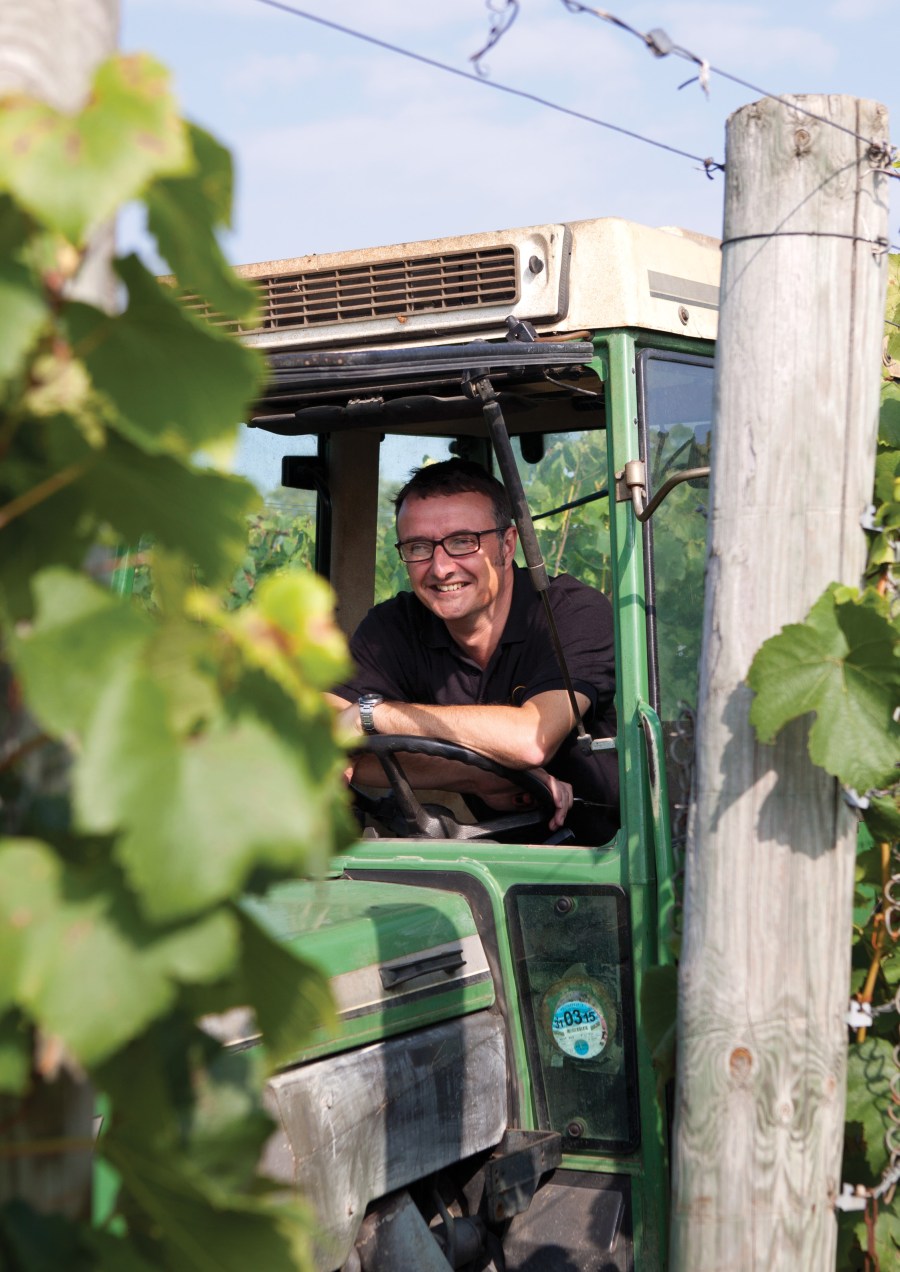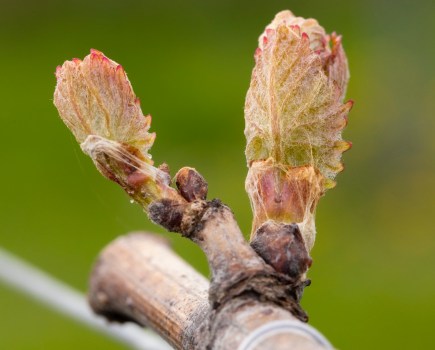What looked like a very early spring, has slightly stalled. No doubt it will be an early start to the season and I have indeed seen a few reports of bud burst already (as I write this in late March). The glorious spell of weather in February brought mixed feelings and at the forefront of the growers’ concerns is the prolonged threat of spring frost. However, it’s not all doom and gloom. An early start also gives us a longer growing season. More time to build up those ‘growing degree days.’
We were fortunate to catch the last of that warm spell at Hush Heath, for the inaugural WineGB pruning competition. Our team consisted of myself pruning, pulling out by Esther, our Chief Exec’s Assistant and tying down by Tom, our new vineyard assistant. I was asked on the day by a few people, ‘do you still do any pruning Matt?’ I’m not in the vineyard hands on, day in – day out as I used to be, but the one thing I have learned is that, if there is one single job in the vineyard, nothing tells you more about your vineyard than pruning it. This is the time to correct any issues with balance and shape. Despite the fact I do pruning for a large portion of the winter, when faced with doing this task competitively, suddenly it became a different prospect. Added to that I had a TV camera filming me adding a little more pressure. It felt like I’d broken some sort of record for the longest anyone in the history of viticulture had taken to prune five vines, but when I finished and looked up to see other teams were still cutting away, my short spell in imaginary slow motion ended. We came fourth out of twelve, narrowly missing out on a podium finish. It would be interesting to see the judges’ comments and learn what was being done well, and not so well.
So, my efforts have been focused on completing tying down before the buds get too woolly, getting the grass alleys mown and deploying ‘les bougies.’ Only once these jobs are finished do I then feel ready to tackle the coming season. It signals the end of all the winter operations on the vineyard, monitoring growth and watching the weather forecast continually. Ah yes, weather forecasts; so many to choose from. One thing I have learned is that if you look at enough forecasts, you will find one that looks like a sub-zero night is about to happen. Therefore, I stick to two sources; one website and a professional forecaster. A few years ago, I took the time to compare forecasts with what actually happened on our vineyard and picked the forecasts from which I could make the best judgement.
Bud burst dates in the UK have an enormous range; in our own vineyard so far, anywhere between 2nd April and 6th May. I have also seen, during almost every spring, a fluctuation of temperatures. How often do we get a warm spell of weather sometime in March, followed by a chilly April? The stop and start conditions around bud burst and in the following weeks, are a feature of our climate. It is my belief that this influences bunch size which is one of the main components of yield. The fact that this didn’t happen in 2018 is part of the story of that famous season. Ironically, I recorded a relatively late bud burst in 2018, but after that the temperatures were consistent. Before bud burst last year, I was beginning to wonder when it was going to happen and started to contemplate a shortened growing season. However, what we saw was rapid growth, good cluster development and early flowering.
Our climate undoubtedly makes for challenging conditions when it comes to growing grapes. I also think that working on the viticultural limit is what makes our wines so interesting. We are becoming more and more skilled at adapting in the vineyard to these challenging conditions, whether it be from high quality training, collaboration with other growers or experience. Our winemaking colleagues are also hugely skilled, and they have to adapt to what viticulturists give them and produce a consistently high-quality product.




